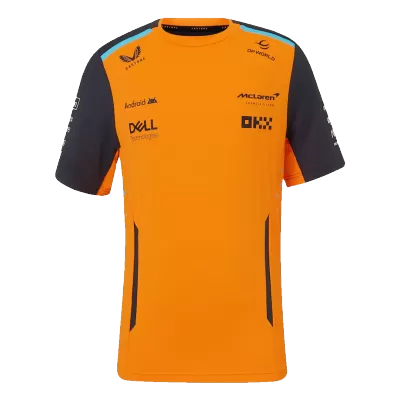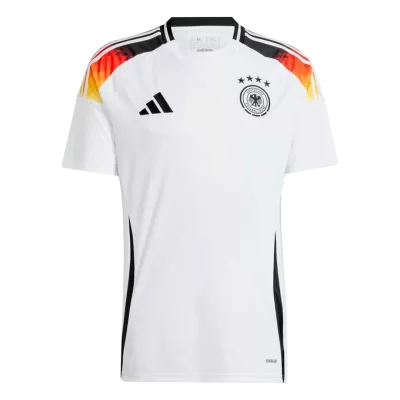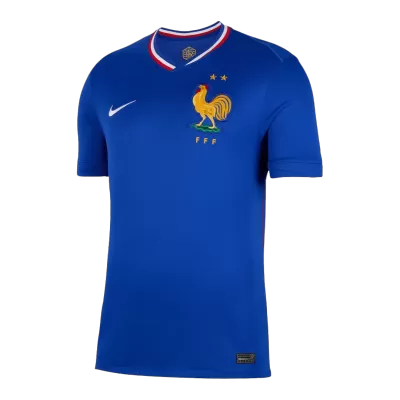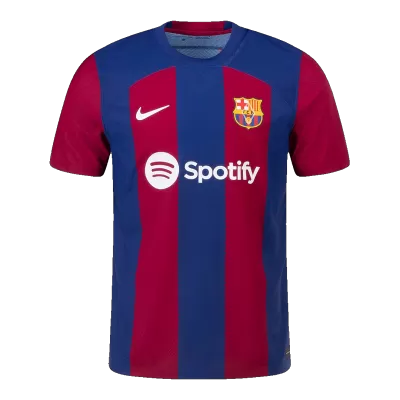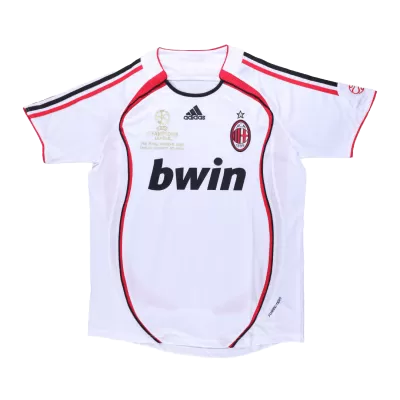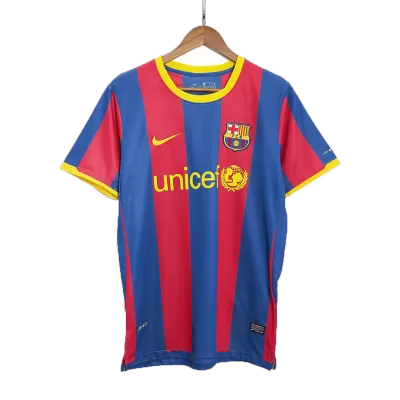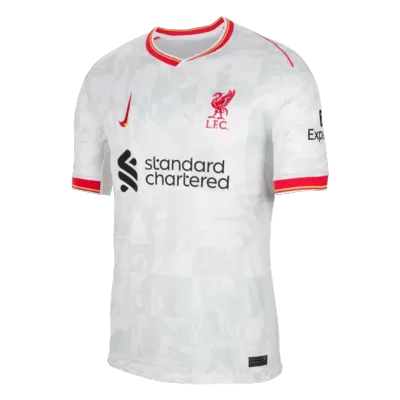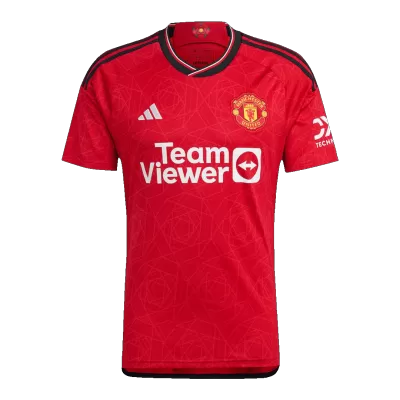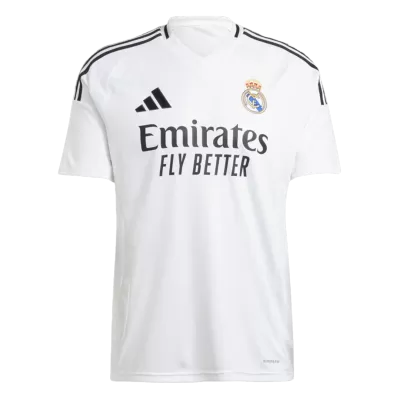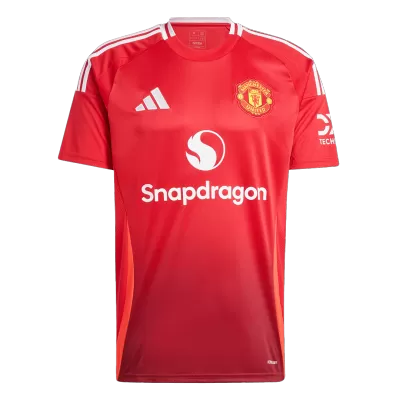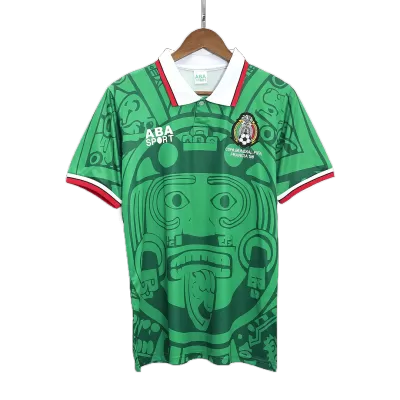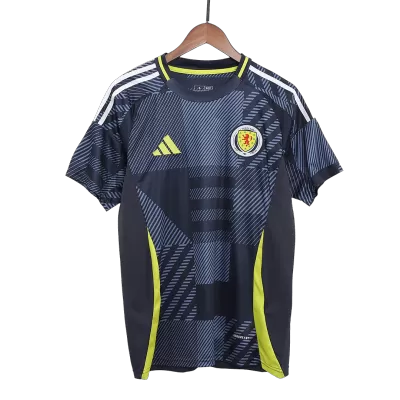Japan Jerseys
Japan soccer jerseys for sale. Japan soccer jerseys for sale. The Japan Football Association was formed in 1921, and Japan joined FIFA in May 1929. Japan's first "true" national team, was fielded at the 1930 Far Eastern Championship Games. The Japanese men’s soccer team has qualified for the last six World Cups. While Japan is now recognized as one of Asia’s leading football nations.
OOPS – NO RESULTS FOR "Japan"
Try look for something else...
Or return to the Homepage and start again
YOU MAY ALSO LIKE

Japan soccer jersey
Elmontyouthsoccer provide Japan soccer jerseys with the names and numbers of your favorite players. We customize soccer gear for men, women, and kids. Personalize almost everything with your name, number, team logo, national flags, and more! No minimum men, women, and kids. Buy one of anything for yourself, or get your team added to our store for easy buying.
Our website not only has the latest Japan football jerseys, but also a series of retro football jerseys for the Japan national team. If you happen to be a big fan of the Japan, you can also buy football equipment such as training uniforms of Japan national team on our website.

Best seller of Japan soccer jersey: Japan Jersey 2020 | Japan Retro Jersey
Brief Introduction of Japan national team
Nickname(s): サムライ・ブルー(Samurai Blue)
Association: Japan Football Association (JFA)
Founded: 1915
Confederation: AFC (Asia)
Head coach: Hajime Moriyasu
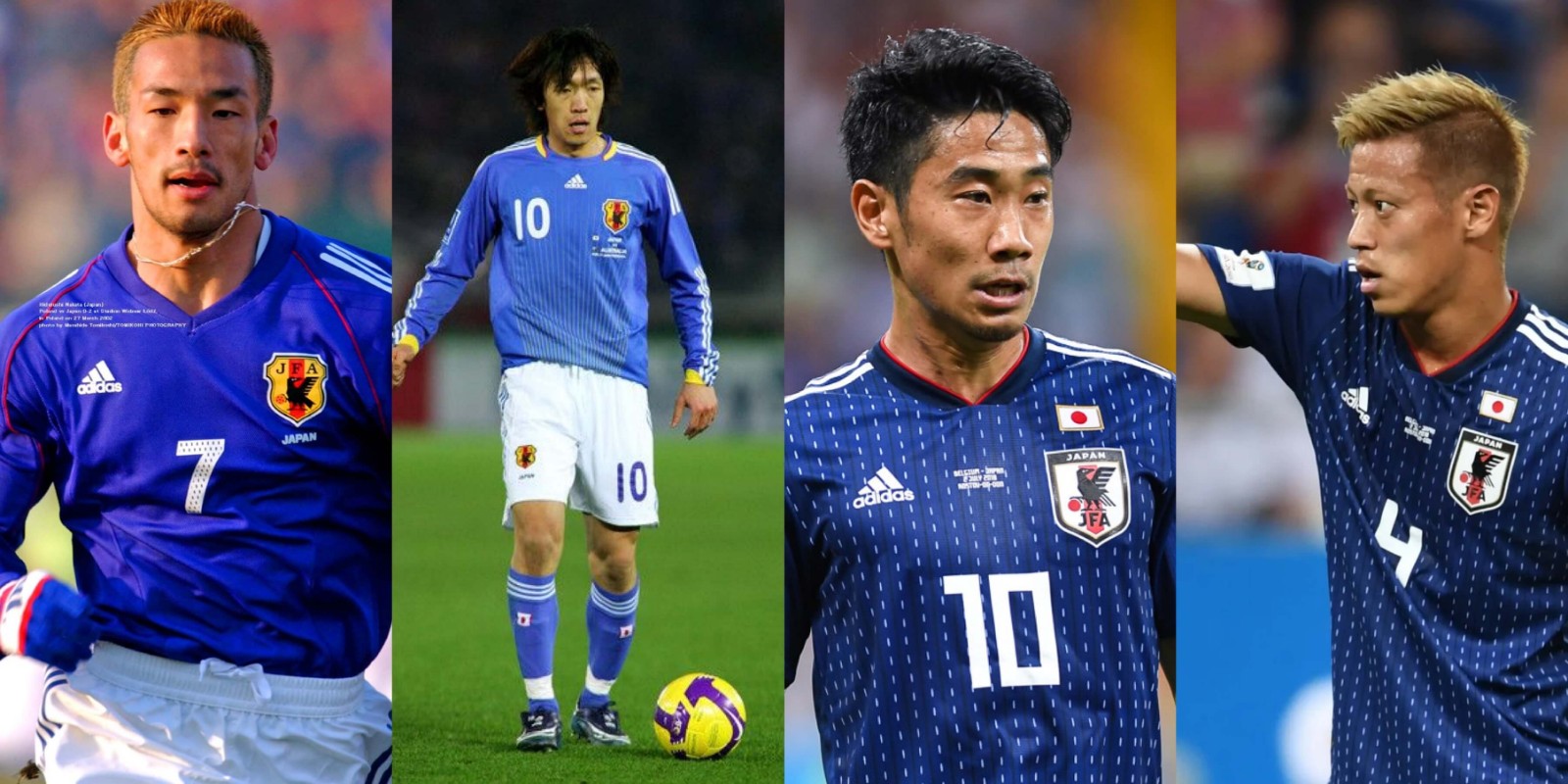
Main trophies

History
The Japan Football Association was founded in 1921, inspired by the English Football Association's presentation in 1919 of the FA Silver Cup to Japan.
Sadly, the historic cup vanished in World War II, when sporting trophies were impounded so that their precious metals could go to the war effort. The war isolated Japan from the rest of the world for some time. It was only in 1950 that the nation was allowed to rejoin FIFA, the sport's global federation. Japan sent its first team to the World Cup Qualifiers in 1954.
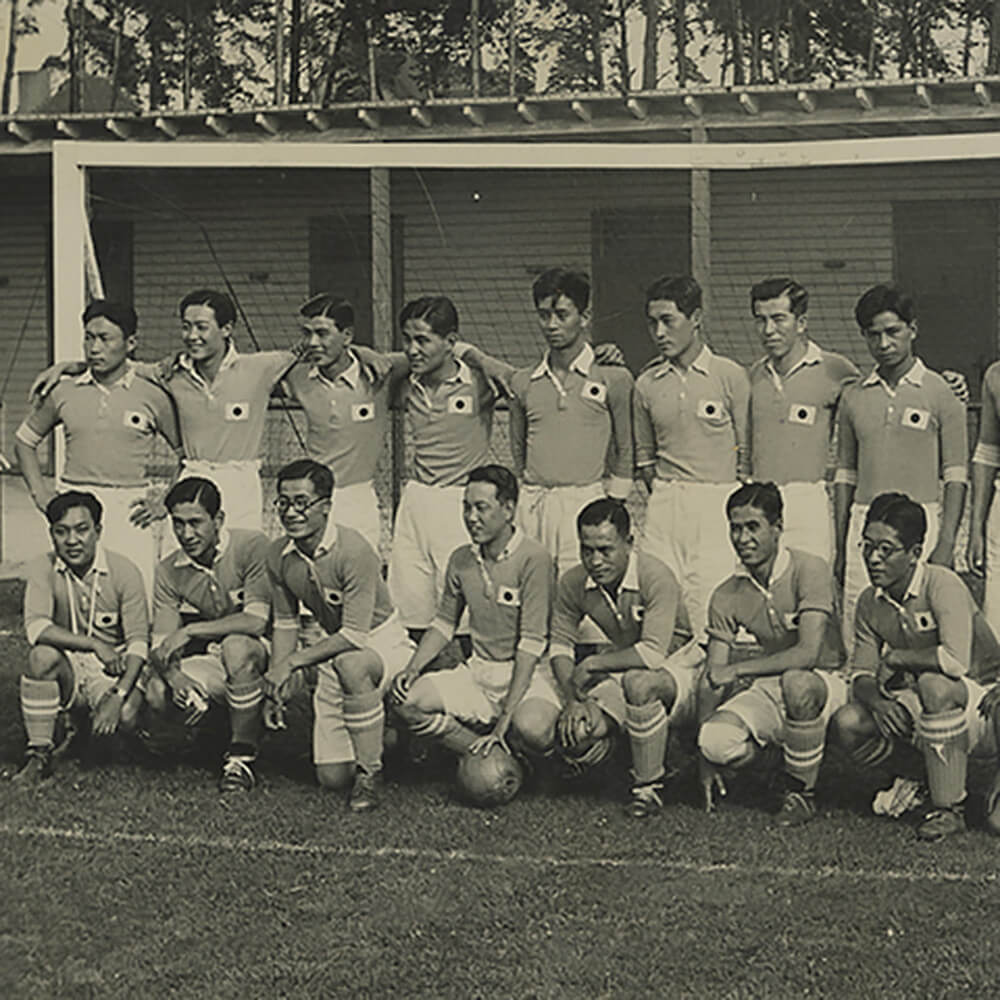
After a long slump, in 1960 the Japanese national team welcomed the West German coach Dettmar Cramer, who set about creating a stronger Japanese program. With his help the team reached the round of eight at the 1964 Tokyo Olympic Games and won the bronze medal at the Mexico City Games four years later. At Cramer's urging, Japan also established its first national league, the Japan Soccer League.
Olympic Bronze in 1968, Struggles Thereafter
Japanese soccer first came to global attention in 1968 at the Olympic Games in Mexico. Forward Kamamoto Kunishige finished the tournament as top scorer, and he and his teammates—including Watanabe Masashi and Sugiyama Ryūichi—shone as the national team played its way to the semifinals, eventually claiming a bronze medal.
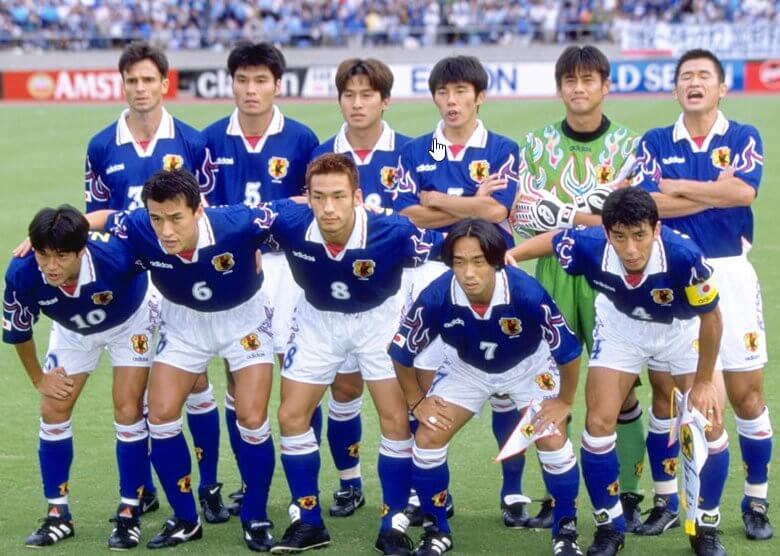
Throughout the 1960s, and especially during the years following that success, the main goal for Japan’s national side was always to make it to the Olympics. From the run-up to the 1970 finals onwards, though, Japan also became a regular participant in the World Cup qualifying stages. Efforts to reach the 1990 Italy finals proved similarly frustrating, as Japan bowed out at the group stage following home and away losses to North Korea.
The Story Behind Japan’s Uniform
Japan sports a dark indigo kit for home games, earning the squad its Samurai Blue nickname. The team first donned light blue for the 1936 Berlin Olympics, and aside from brief stints in the red and white of the national flag, it has stuck with its trademark color. Every Japan home uniform since 1992 has been blue and the JFA designated it the official color in 2009.
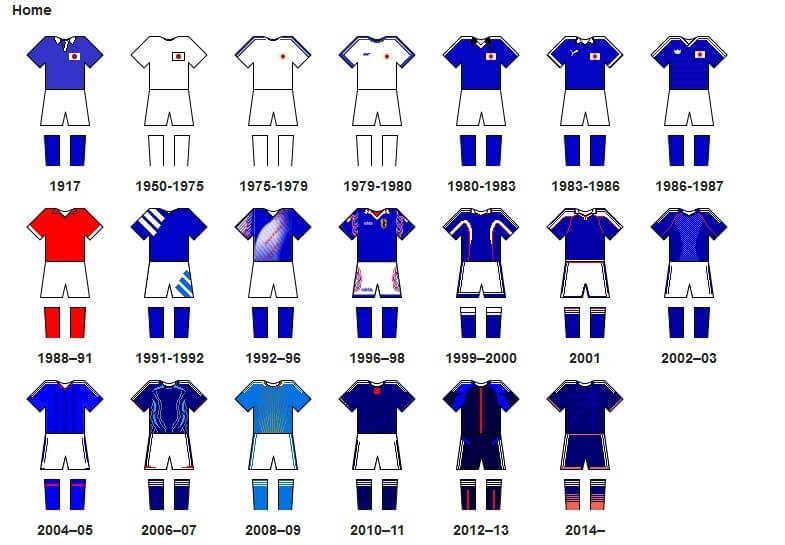
In Russia, Japan chose a traditional deep indigo hue called kachi-iro for its uniform. In the past samurai are said to have favored the shade as kachi shares the same pronunciation in Japanese as the word for “victory,” giving the name an auspicious ring. In keeping with the traditional motif, the dotted white lines on the kit are fashioned after the white stitching commonly used to decorate indigo-dyed cloth.
